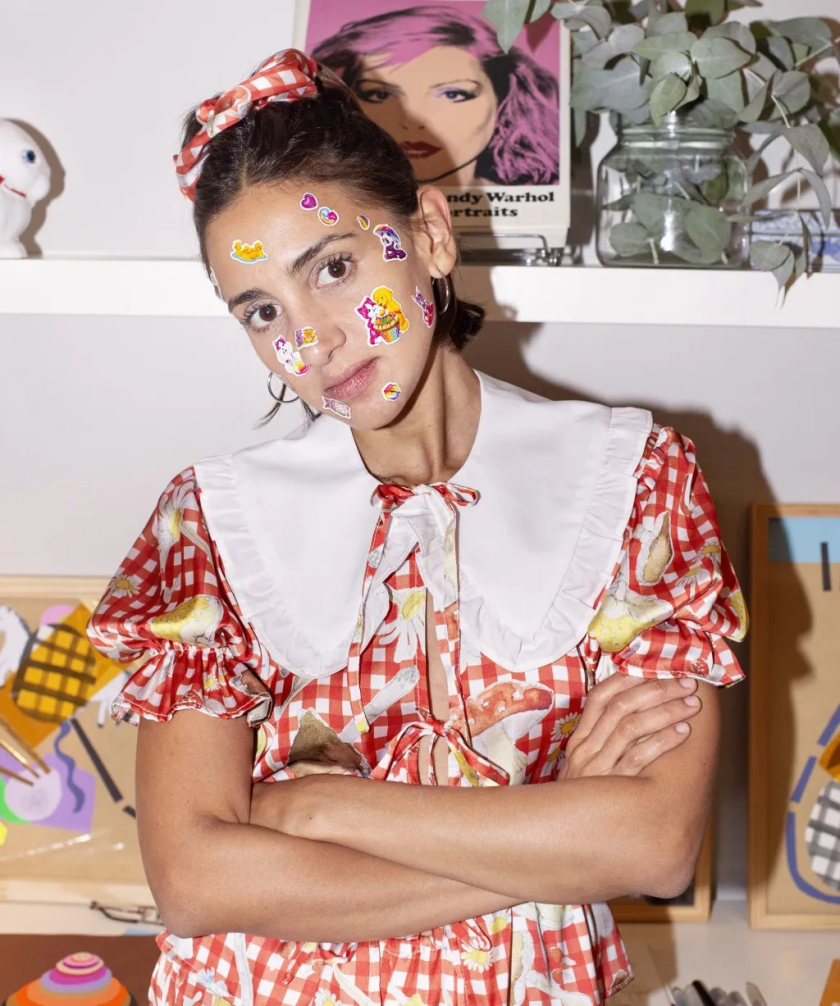
Brooklyn-based illustrator and visual artist has amassed a huge audience, a series of book deals and a sympathetic ear to her crying routine thanks to her rich and distinctive art style. We caught up with her to learn more about her story.
Forging a creative career can feel impossible, especially if you don’t know anyone in the industry. This was a hurdle facing Pepita Sandwich as she grew up in Buenos Aires. But by following her passions, listening to what interested her and – perhaps most importantly – “keeping it weird”, she has gone on to illustrate for the likes of The New Yorker, The Washington Post, Cartoon Network and more.
It’s not hard to see why Pepita’s work is so popular. As well as drawing in a wholly unique way that pairs vibrant colour palettes with personality and a sense of motion, she also manages to connect with audiences by transforming her personal life experiences into universal narratives. To learn more about her career, why she keeps a ‘crying diary’, and what aspiring comic artists should keep in mind when drawing their own tales, we caught up with her to find out more.
How did you get started, and how did you get to where you are now?
My mother is an art historian, and my grandmother wrote children’s books for my brothers and me. I was in contact with fantasy and art from a young age. I’ve been painting and drawing my whole life, but growing up, I never thought I could be a cartoonist because I didn’t see anyone around me doing that as a job.
When I finished high school, I went to fashion school in Buenos Aires, and when I graduated, I moved to Italy, where I started doing daily comics in my sketchbook.
I started sharing my daily cartoons around 2013, in the early days of Instagram. My own webcomic about everyday life observations gained some attention in Argentina and Spain. In 2016, I was offered my first book deal by Random House, and since then, I have been making books and autobiographical visual essays for media outlets and different publications.
Today, I live in Brooklyn, and I’m currently writing and drawing my third non-fiction graphic novel – the first one in English – that will come out in early 2024.
Who are your biggest artistic inspirations, and why?
When I was six years old, my mum gifted me one of Mattisse’s cut-out books, which changed my life. I was fascinated by the idea of using scissors as a brush and finding unexpected shapes. It modified the way I saw form and colour.
I’m a very nostalgic person. Everything I liked growing up is still engraved in my creative DNA. Old animated movies like Fantasia, Tove Janssons’ Moomins, Hanna-Barbera cartoons and The Muppets. I love science, and even though I’m not a scientist, I love bringing up concepts about space and the mystery of the human brain in my own work.
I’m also very inspired by weird cinema, experimental music and poetry.
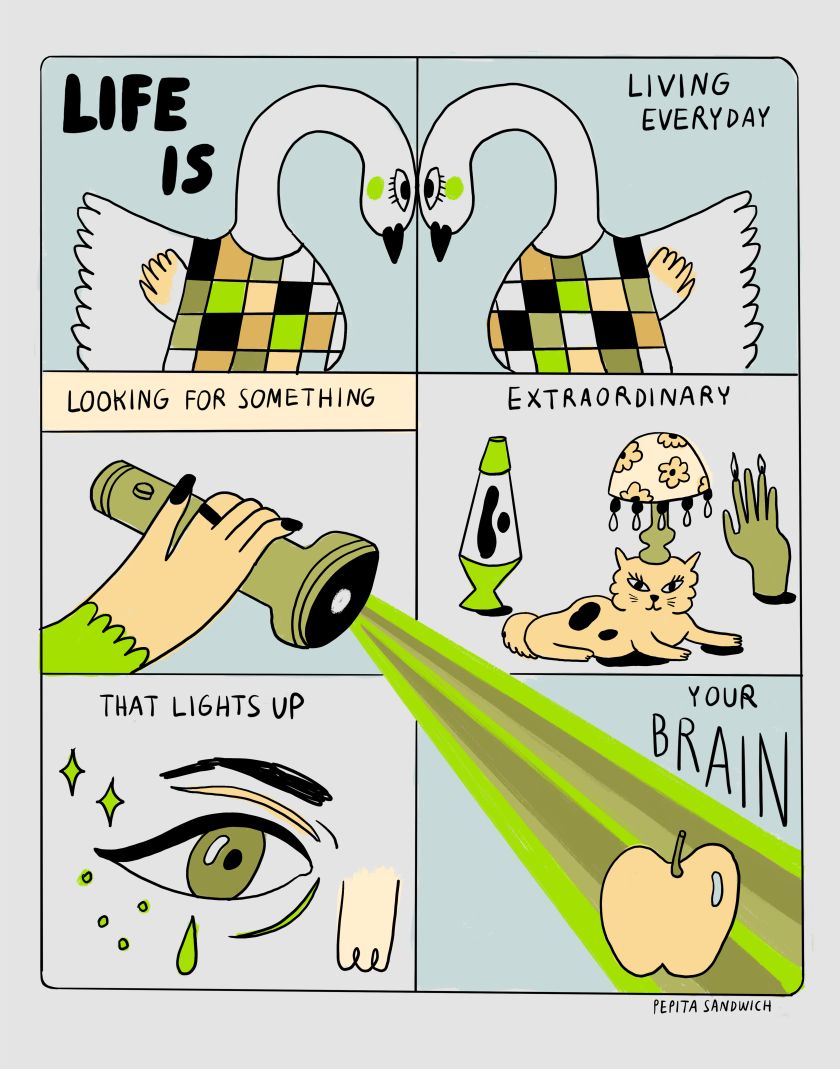
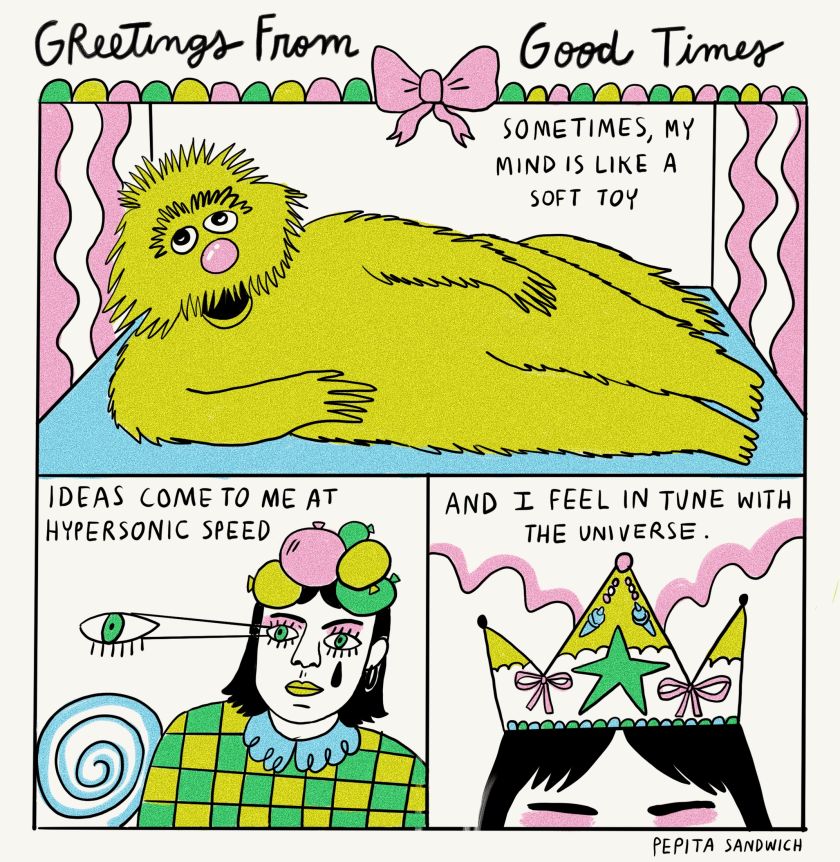
How would you describe your style?
I think my style is wacky and pop. I’m fascinated by discovering new shapes in my drawings and finding something new in the world. I don’t like following any rules of realistic representation. I use weird perspectives and proportions.
My writing usually comes from personal experiences that can be very relatable. I try using visual metaphors that expand their meaning by combining words with strange drawings.
What does an average day in your life look like?
I usually wake up to music from an old alarm clock set to a New York Jazz station. I prepare coffee, sit at my desk in my home studio and make at least one intuitive drawing in my sketchbook before I open up my computer. I often have to answer emails and finish commercial or editorial work in the morning. I get into my personal creative space in the afternoon and early evening.
I love working on poetic comics and books when the world is quiet. Usually, late afternoons and Sundays are my favourite times to get into my fantasy world.
Some days I teach experimental animation at The Museum of The Moving Image in New York City.
Crying is a recurring theme in your work and online presence. How come?
I’ve always been a big crier. Growing up, I used to feel ashamed of my tears, and I didn’t understand why they came so easily. Just before the pandemic, I started my crying diaries, which is also a Twitter thread where I write down every time I cry. I usually cry once a week for different reasons and feel more connected to my tears.
Crying is one of the most beautiful forms of body expression and is unique to the human experience.
I love crying when art moves me in deep ways, and I think sobbing because someone else is shedding tears is a beautiful form of human contact.
After lockdown, everyone is more in touch with their feelings, and I feel like we are more open to talking about mental health and how crying can help us release so much stress and grow.
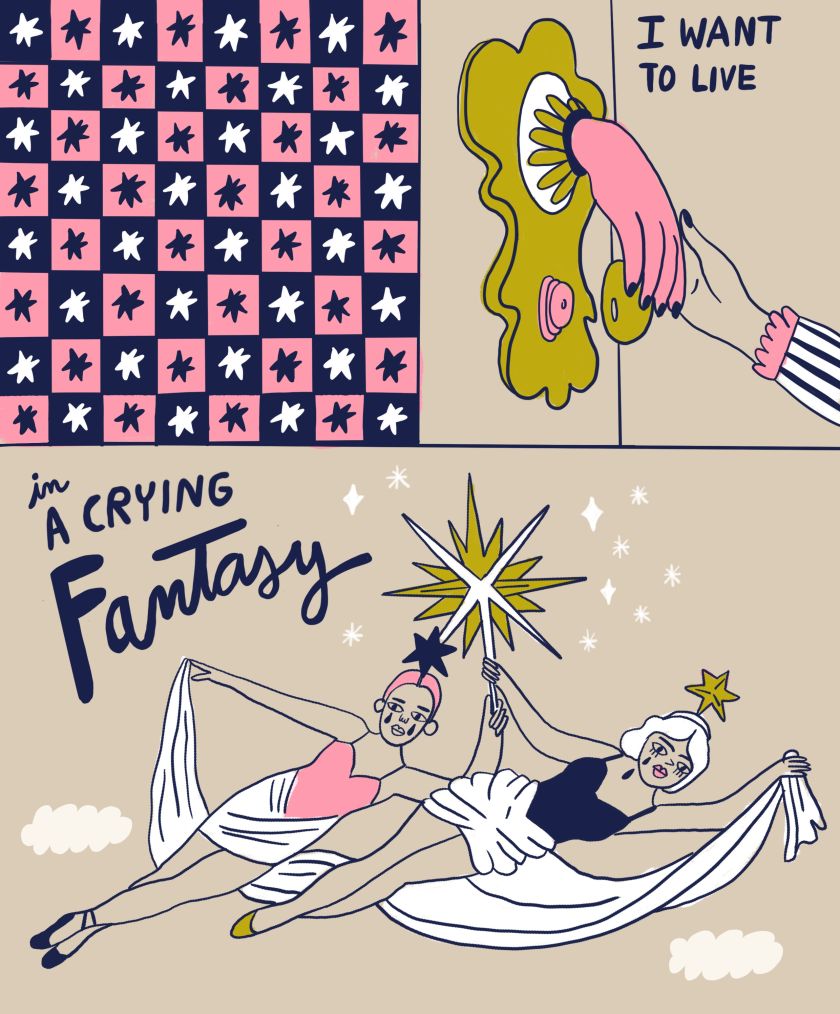
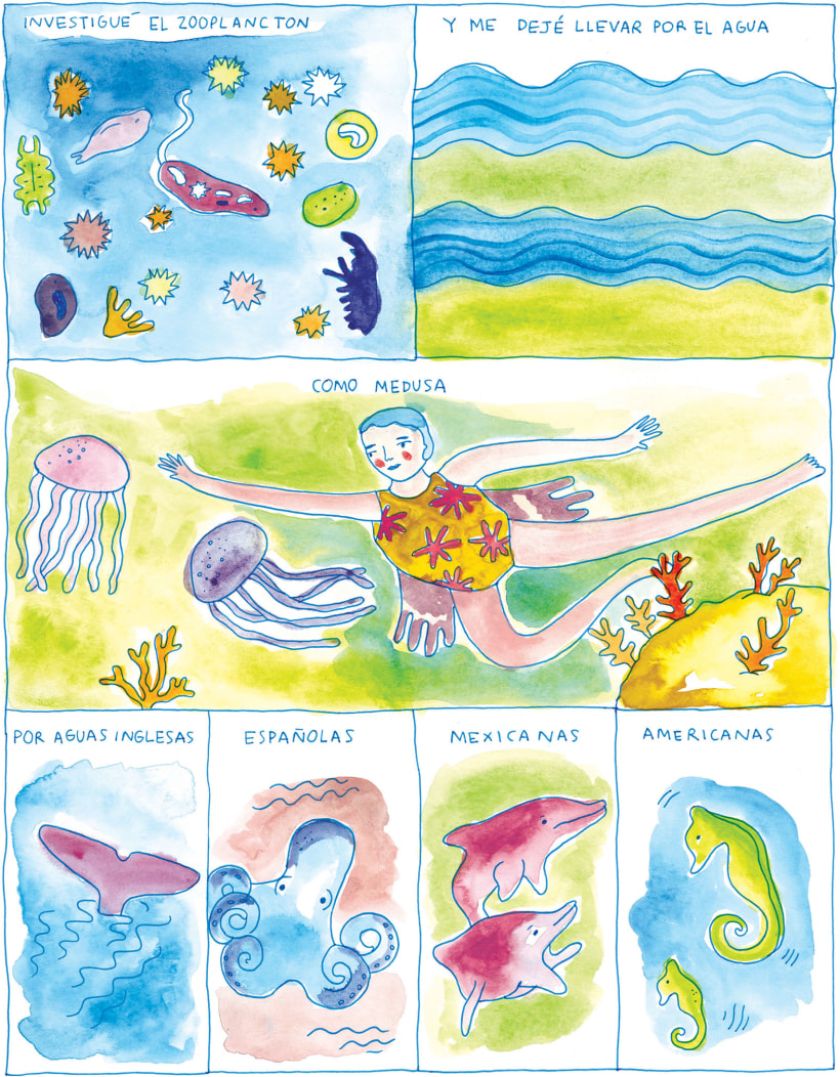
What’s the most important advice you’ve ever received?
Talk to other people about the kind of work you want to do, reach out to people you admire and platforms you want to work for. Keep doing the kind of art you want to do and share it with the world, and ask for opportunities to expand your own voice. Experiment and keep it weird.
Which other comic artists have informed your work?
As a child, I read Argentinian comic strips like Mafalda and Maitena’s Mujeres Alteradas. There was something about reading these series that made me think about the rhythm of panels, the structure and the unique pacing of comics. I also loved the tone in Peanuts and Garfield.
In my young adulthood, I started reading classics from Julia Wertz, Marjane Satrapi and Alison Bechdel, and I was fascinated by the autobiographical quality of their work.
One of my comic heroes is Lynda Barry. Her works allow me to be playful and use unexpected materials available, not to be precious about the page.
The fact that you can combine words and drawings with telling stories makes my brain tickle. I think there is a biological function in drawing.
What do you like most about creating comics?
I think there is a special quality about comics that hypnotises me. The fact that you can combine words and drawings with telling stories makes my brain tickle. I think there is a biological function in drawing. We start drawing before we start writing, and it helps us grow and understand the world around us.
I love telling stories that elicit emotions, I want to make the reader feel something, and I find that, in a very visual world, comics are uniquely useful for sharing moments and special messages. Comics make me feel alive. They come out from a very special part of the mind.
What piece of work are you most proud of and why?
I loved making Women Move Mountains, the book I published in 2019. It was a special project where I combined 14 stories of real women explorers. I did a lot of research. Every story is drawn with a different technique and written in the first person. I embodied these women and wrote a letter from their perspective on the future. I also collaborated with musicians to make a song for each chapter.
I also love making visual essays for media platforms like The Washington Post and The New Yorker. One of my favourite pieces is a comic where I talk about my experience f freezing eggs. It helped many people who were also going through that process or thinking about it. I love making people feel less alone by sharing my experiences.
I also enjoy and try to make time to expand social messages that I think need attention. I collaborate with Amnesty International to tackle themes about women’s rights and intersectional feminism.
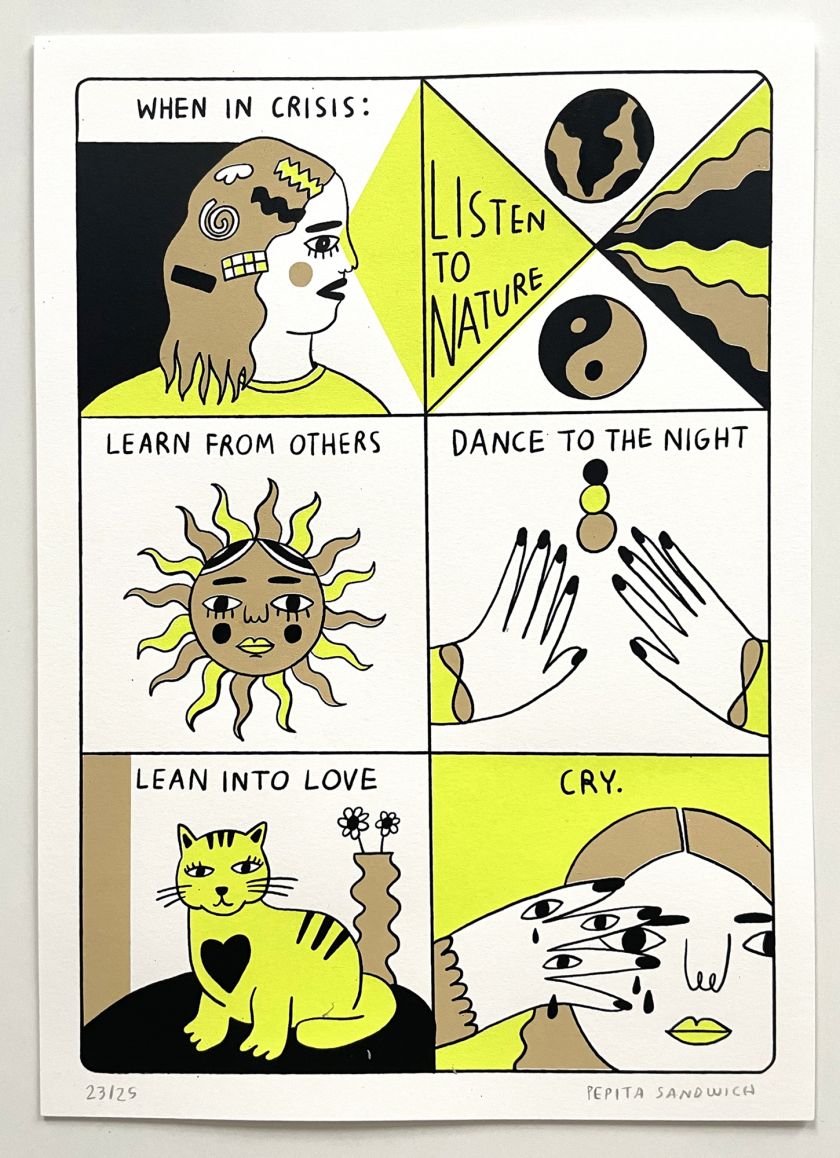
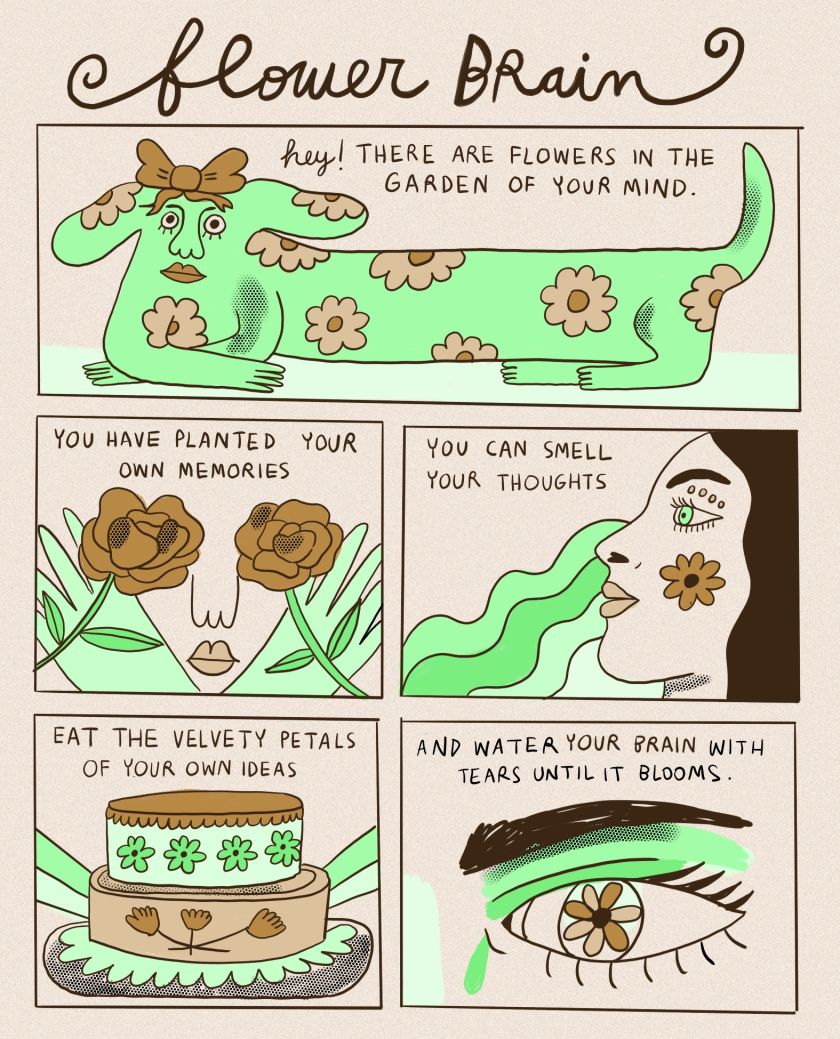
What are you working on right now?
Right now, I’m finishing my new book, which I’ve been working on for the past three years. It’s an exploration of human tears and an investigation that approaches crying from different angles. It will come out at the beginning of 2024.
I’m also working on a new visual essay for The Washington Post that comes out in December. On the side, I always work on personal poetic comics and experimental animations.
What advice would you give to aspiring comic artists?
Keep a sketchbook or visual diary where you can experiment freely, observe the world around you and filter your emotions through your hands. Also, don’t be afraid of starting ugly. There is no such thing as a bad drawing. Every experience is going to teach you something. Finally, get lost in an old bookstore, and play with words and images. Keep it weird.